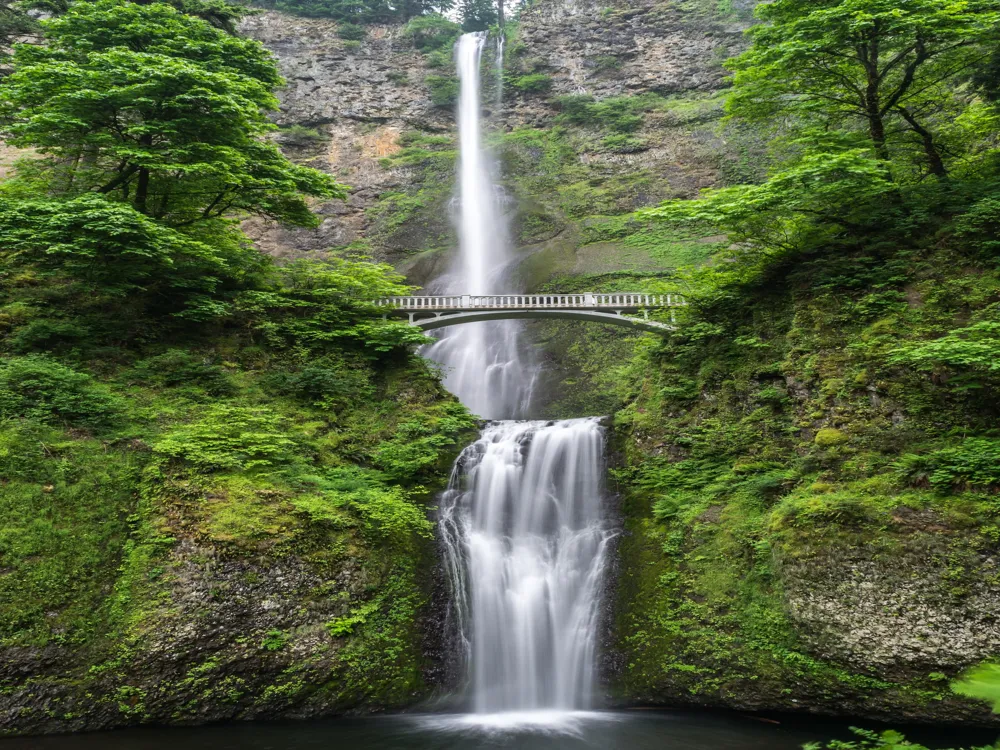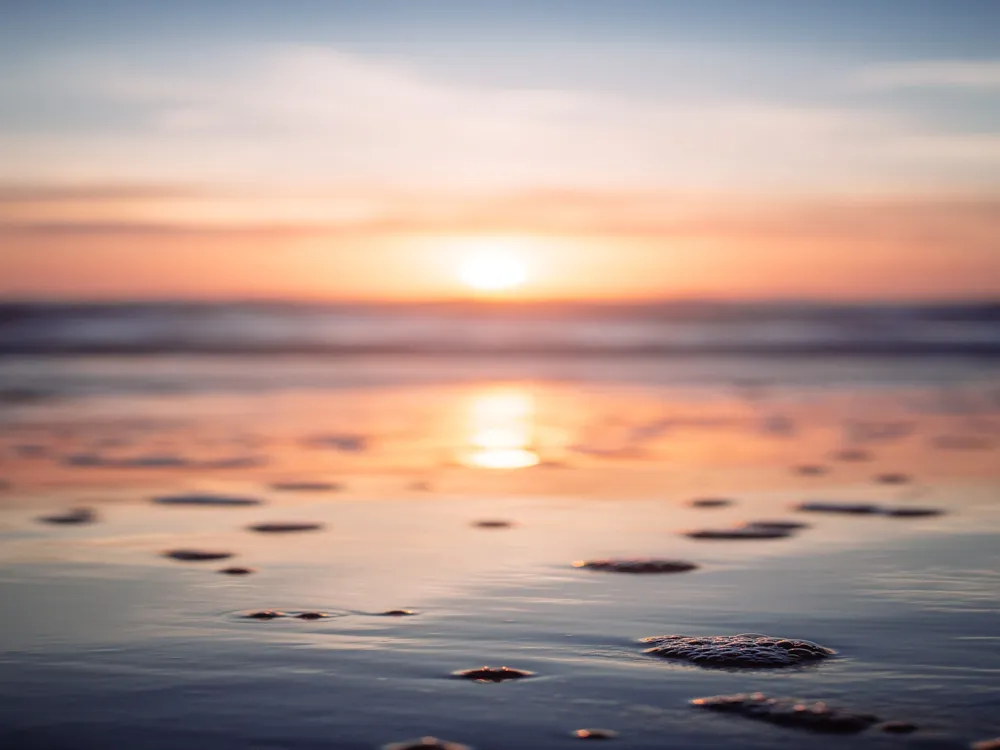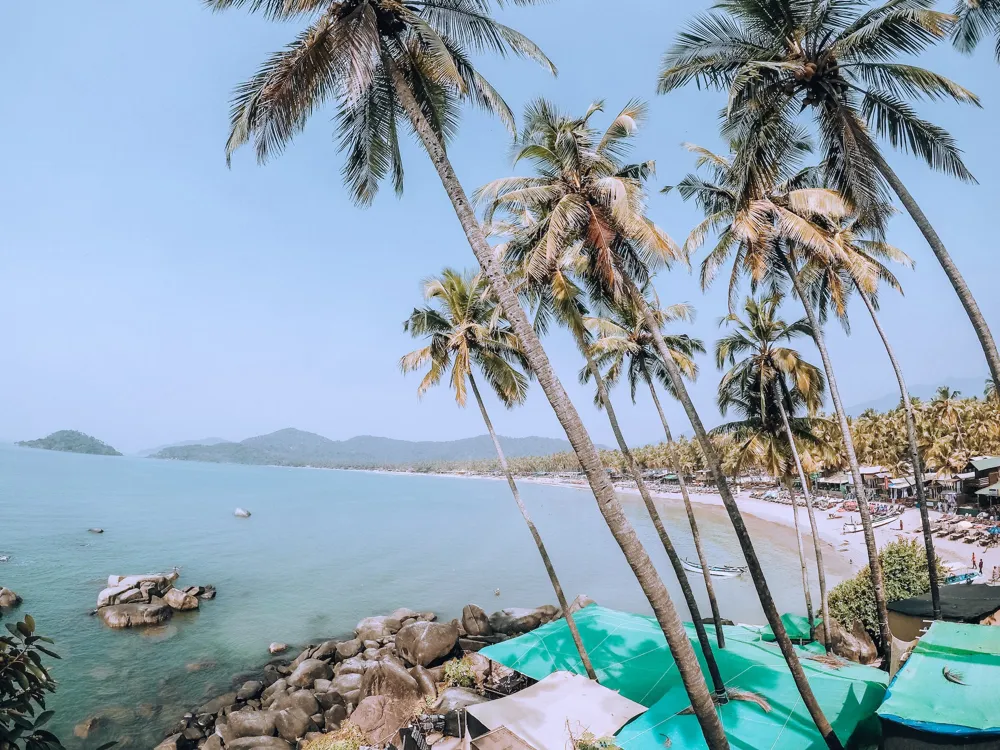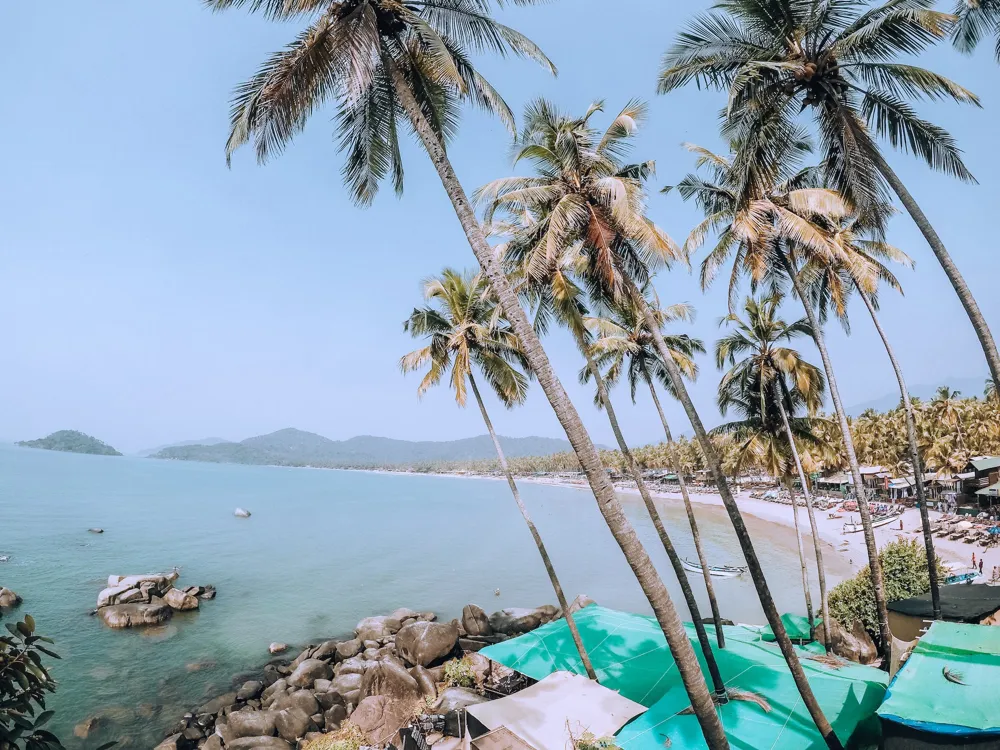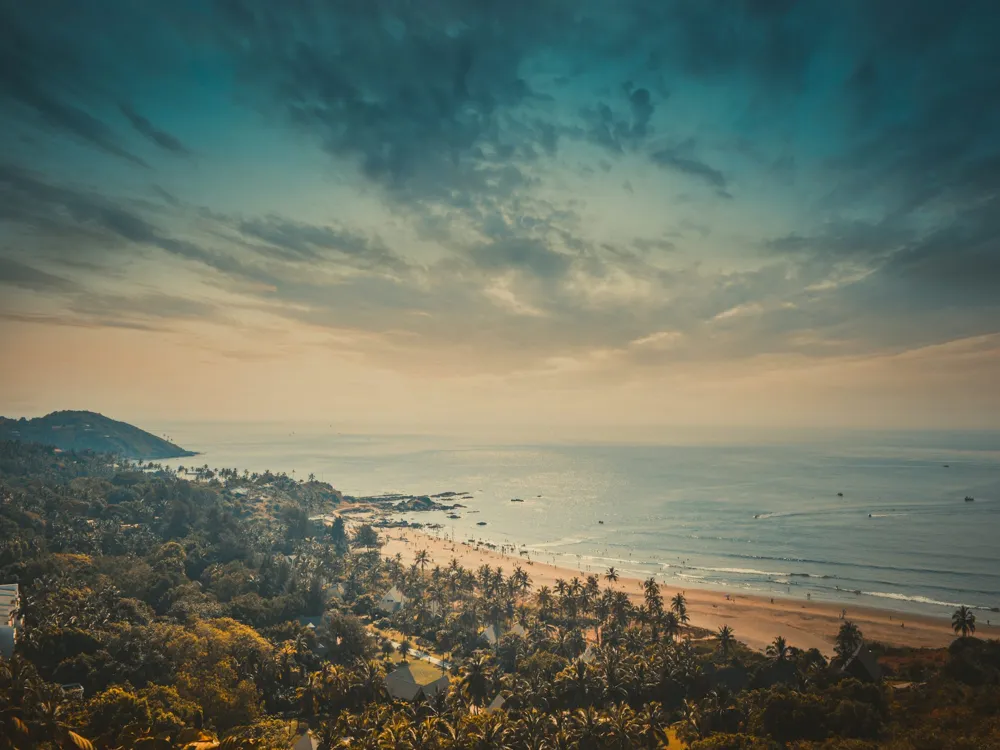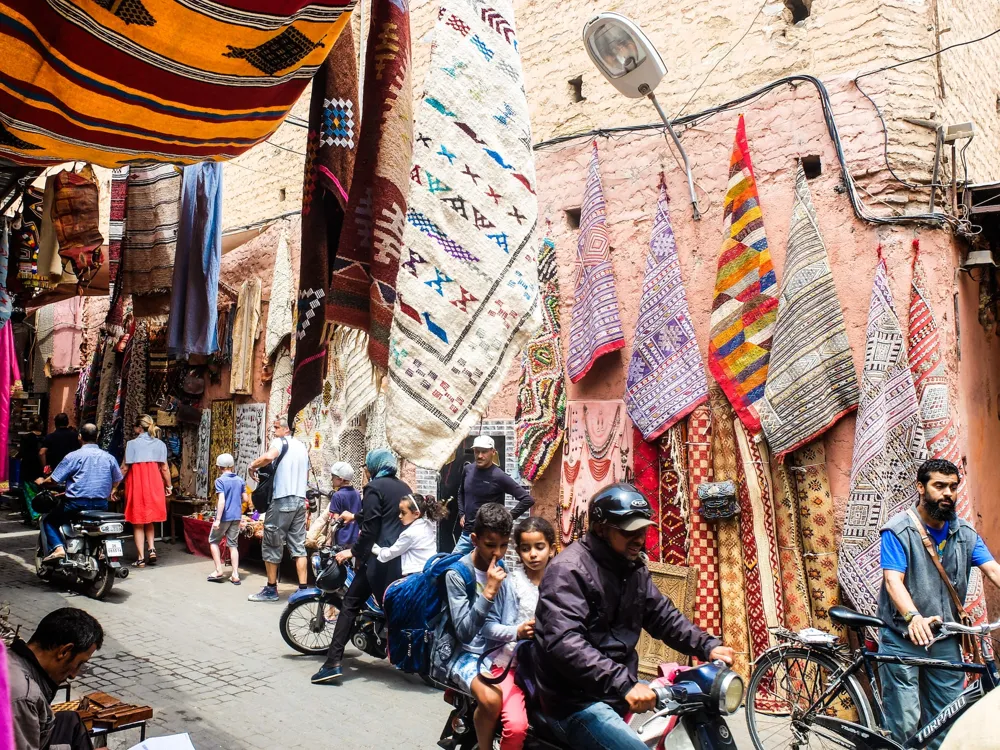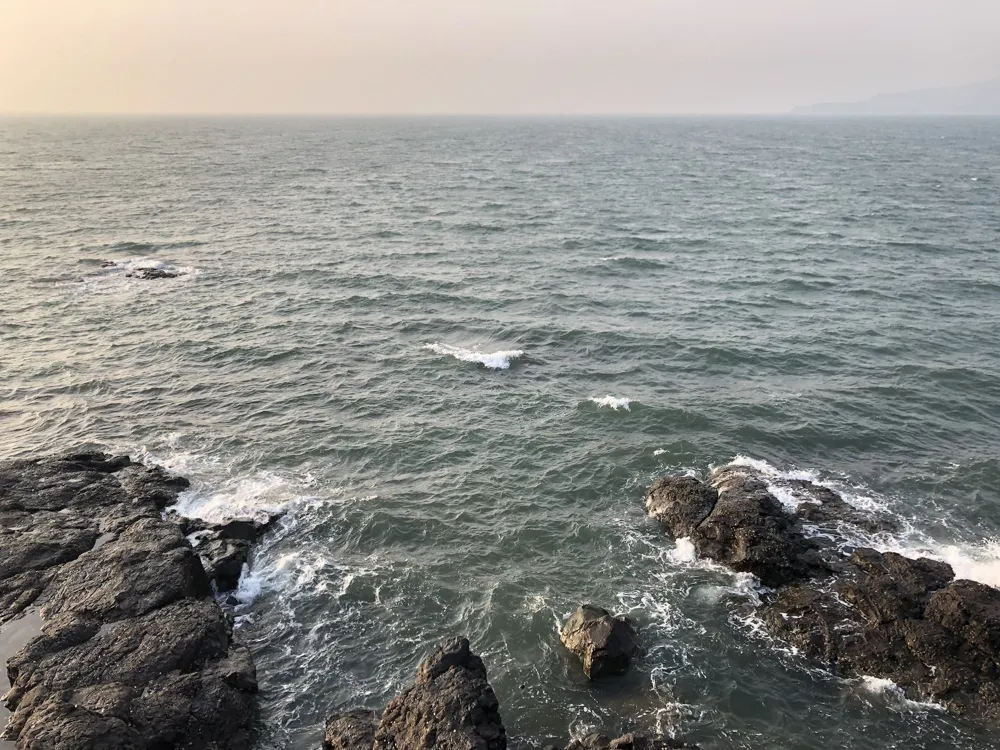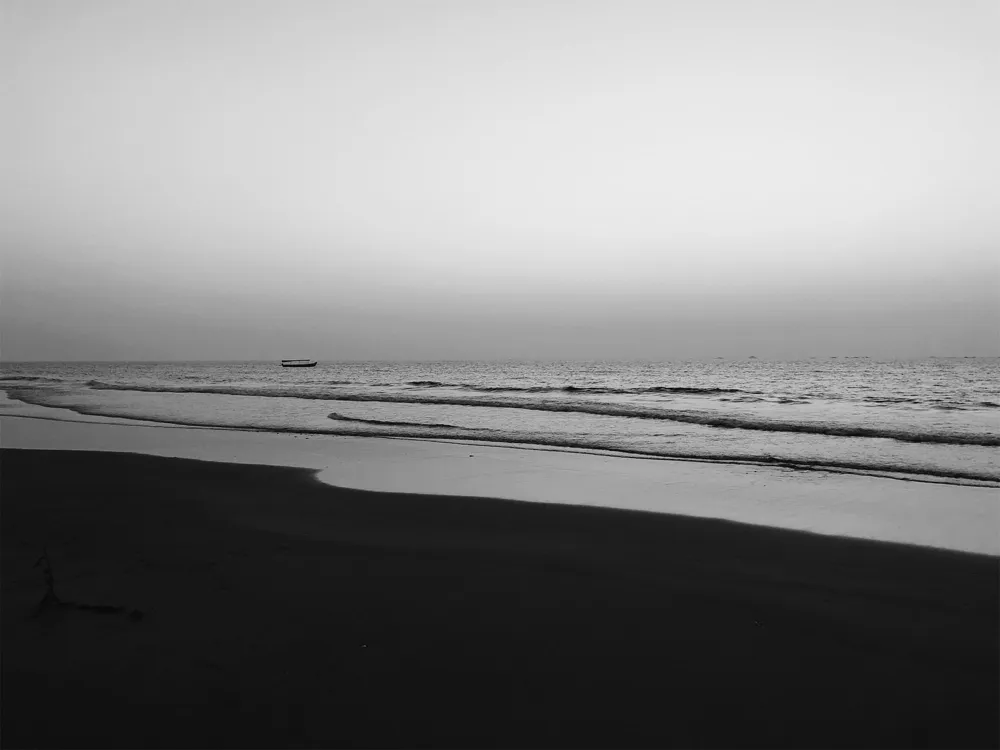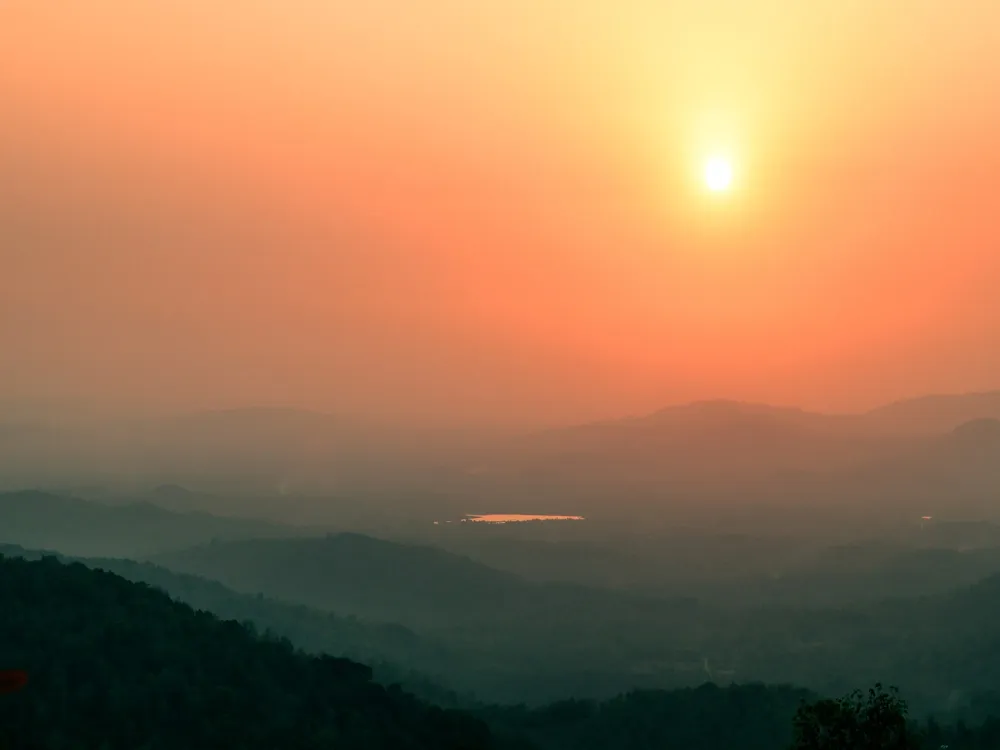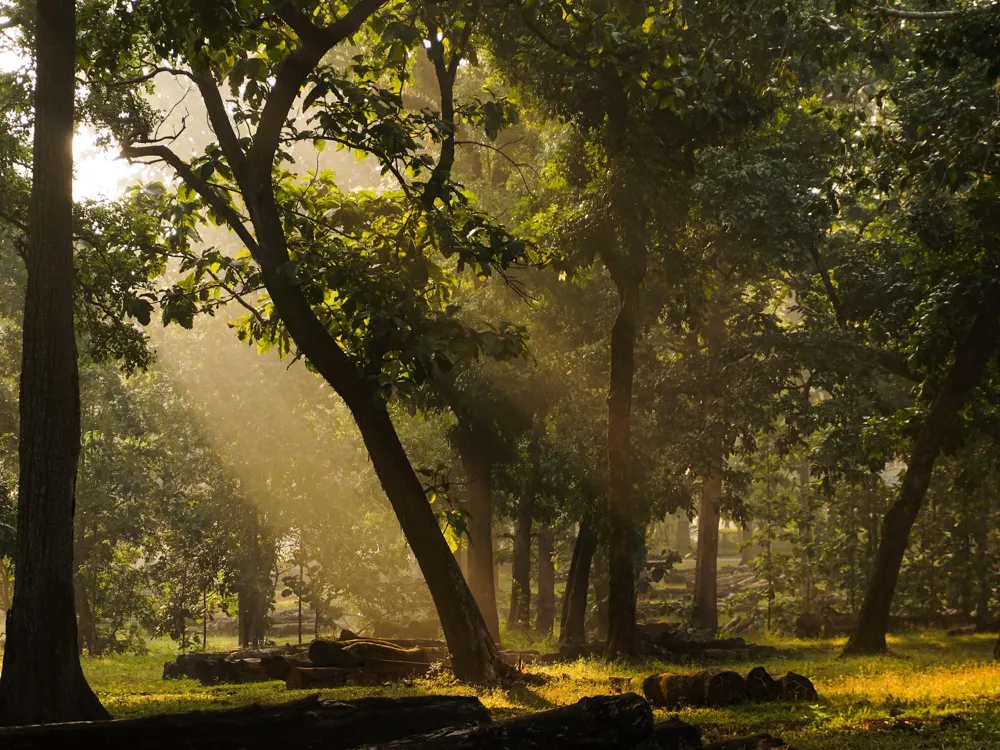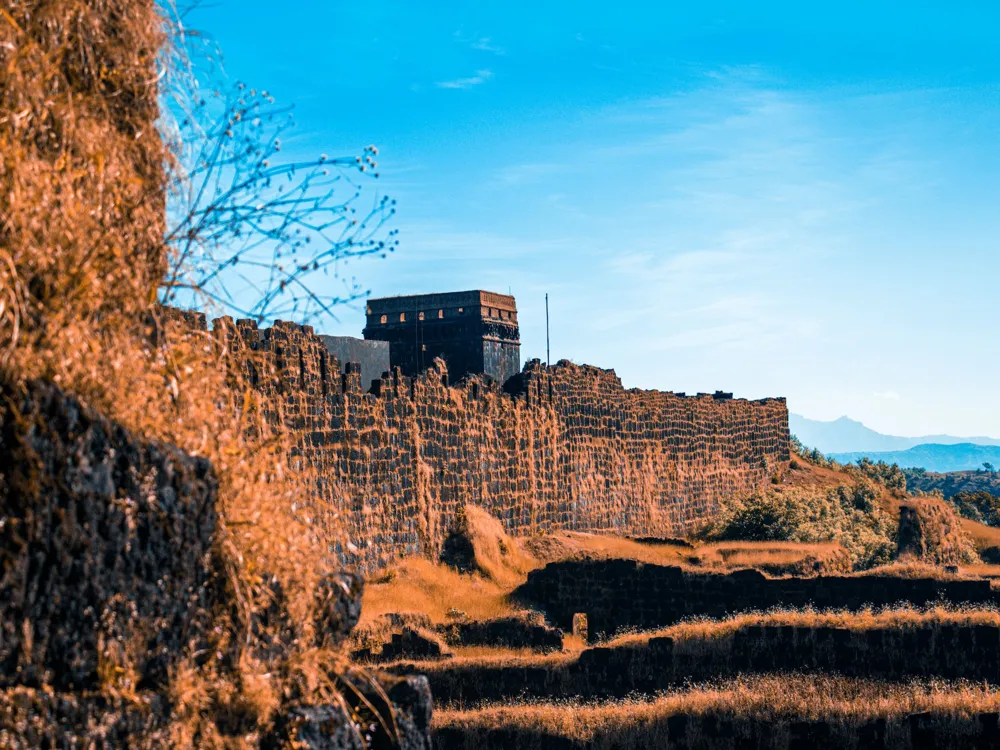The Carnival in Goa, a spectacle of joy and celebration, is a vibrant expression of the culture and traditions of this coastal paradise. This annual festival, tracing its roots back to the Portuguese colonial era, transforms Goa into a colorful and dynamic hub of festivity. Lasting for about four days, usually in February, it marks the onset of Lent, the 40-day period before Easter. Revelers, dressed in extravagant costumes, take to the streets, creating an atmosphere of merriment that is contagious and engaging. The Carnival is characterized by lively parades, floats, music, dance, and an abundance of local delicacies, making it a must-visit event for anyone looking to experience the true essence of Goan culture. The roots of the Goa Carnival date back to the 18th century, a legacy of the Portuguese who ruled over Goa for about 450 years. Initially, it was celebrated exclusively by the local Catholic population, but over the years, it has evolved into a secular celebration that attracts people from all walks of life. The Carnival kicks off with the crowning of King Momo, a tradition where a local resident is chosen to preside over the festivities. King Momo's declaration of 'Eat, drink and be merry' sets the tone for a celebration filled with music, dance, and feasting. The Goa Carnival is more than just a festive occasion; it's a reflection of the diverse and harmonious cultural fabric of Goa. The festival brings together people of various religions, ethnicities, and backgrounds in a joyous celebration, showcasing the inclusive spirit of the region. It's a time when the Goan community dispels the monotony of everyday life and plunges into a world of color, creativity, and camaraderie. As a significant event in Goa's cultural calendar, the Carnival plays a vital role in preserving the heritage and traditions of the region. It's an opportunity for local artisans, performers, and culinary experts to showcase their talents and keep the Goan cultural legacy alive. The festival also boosts tourism, contributing significantly to the local economy and providing an international platform for Goa's cultural and artistic expressions. The architecture of the Carnival in Goa is a fusion of Goan culture and Portuguese influences, reflected in the design of the floats, costumes, and street decorations. The parade floats are a highlight, often featuring elaborate designs that incorporate local myths, folklore, and contemporary themes. Artisans and craftsmen work tirelessly to create these masterpieces, which are then adorned with vibrant colors, lights, and motifs that capture the essence of Goan life. Each float at the Carnival is a unique work of art, representing various themes ranging from environmental awareness to social issues, history, and folklore. The creativity and imagination of the local artists come to life in these floats, offering a visual treat to the spectators. Traditional methods are blended with modern techniques to craft these floats, making each one a testament to the artistic heritage of Goa. The influence of Portuguese architecture is evident in the design and aesthetics of the Carnival. This blend of East and West is seen in the intricate patterns, baroque embellishments, and the overall grandeur that is reminiscent of the Portuguese era. The architectural influence extends to the costumes and masks, often mirroring the styles found in traditional Portuguese festivals. Local artisans are the backbone of the Carnival's architecture. Their skills in carpentry, painting, and costume design are crucial in bringing the artistic visions to life. These artisans work for months, often in small workshops, to create the elements that make the Carnival a spectacular display of art and culture. Plan your trip well in advance, as accommodations in Goa can get fully booked during the Carnival. Try to arrive a few days earlier to acclimate and explore the local area. Goa's weather during the Carnival is usually warm. Opt for comfortable, light clothing. However, if you plan to participate in the festivities, colorful and vibrant attire is encouraged! While the Carnival is generally safe, it's advisable to take standard safety precautions. Keep your belongings secure, stay hydrated, and be aware of your surroundings. Goa is well-connected by air, road, and rail. The Dabolim Airport in Goa is connected to major Indian cities and some international destinations. If you prefer to travel by train, Goa has several railway stations with good connectivity. Alternatively, many people choose to drive or take a bus to Goa, enjoying the scenic beauty along the way.Overview of Carnival in Goa
History of the Carnival
Significance of the Carnival
Cultural and Social Impact
Architecture of Carnival in Goa
Design and Themes of Floats
Influence of Portuguese Architecture
Role of Local Artisans
Tips When Visiting Carnival in Goa
Planning Your Visit
What to Wear
Staying Safe
How To Reach Carnival in Goa
Carnival in Goa
Goa
NaN onwards
View goa Packages
Weather :
Tags : Fairs & Festivals
Goa Carnival 2023 Dates : February 18 - February 21 (2023)
Entry Fees for Goa Carnival : No Entry Fee
Planning a Trip? Ask Your Question
Goa Travel Packages
View All Packages For Goa
Top Hotel Collections for Goa

Private Pool

Luxury Hotels

5-Star Hotels

Pet Friendly
Top Hotels Near Goa
Other Top Ranking Places In Goa
View All Places To Visit In goa
View goa Packages
Weather :
Tags : Fairs & Festivals
Goa Carnival 2023 Dates : February 18 - February 21 (2023)
Entry Fees for Goa Carnival : No Entry Fee
Planning a Trip? Ask Your Question
Goa Travel Packages
View All Packages For Goa
Top Hotel Collections for Goa

Private Pool

Luxury Hotels

5-Star Hotels

Pet Friendly







